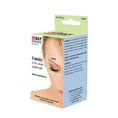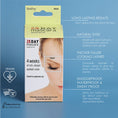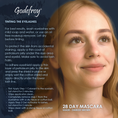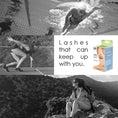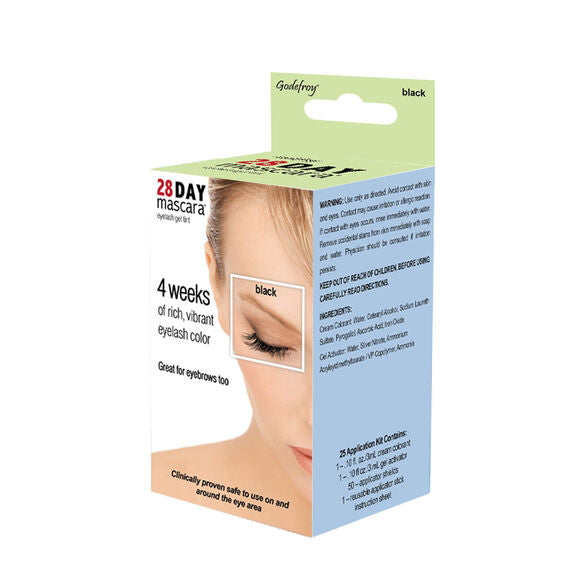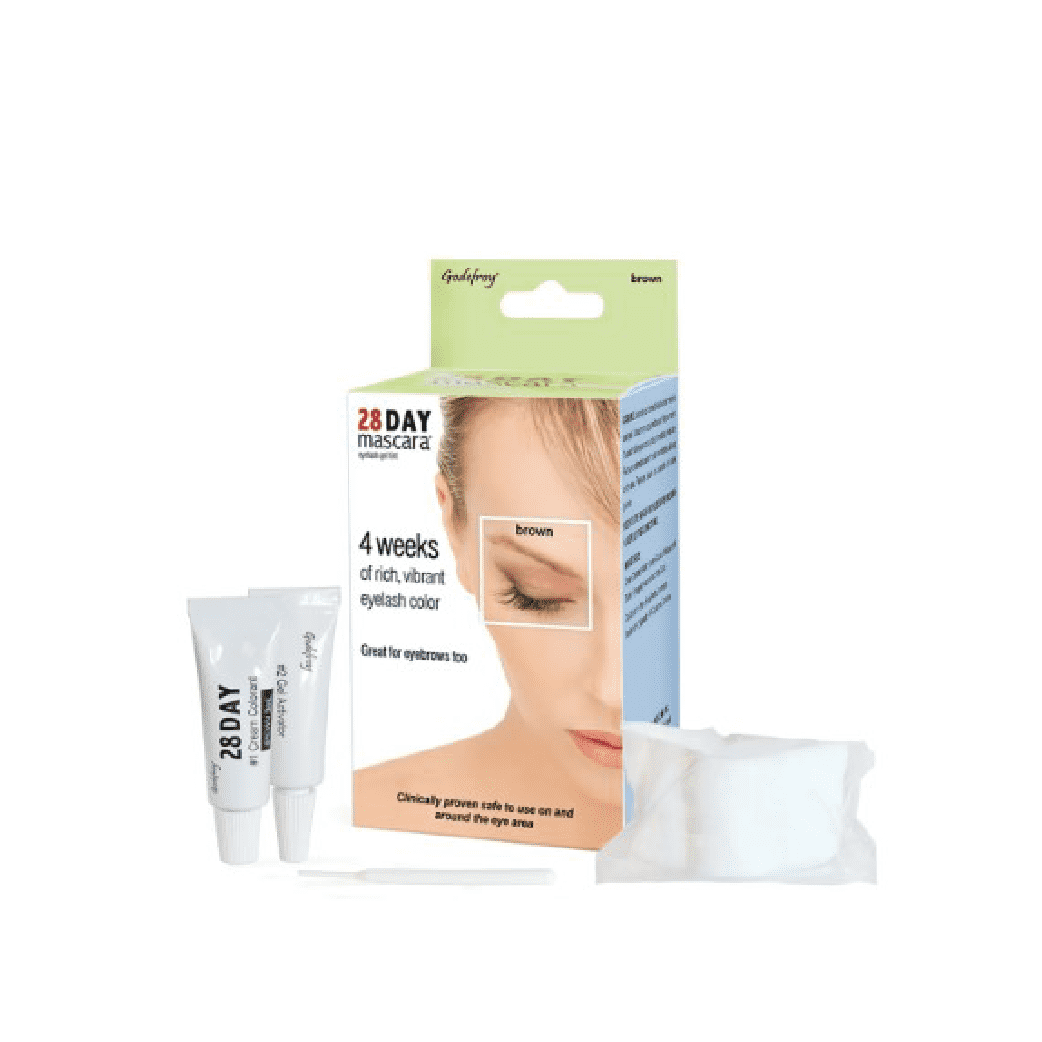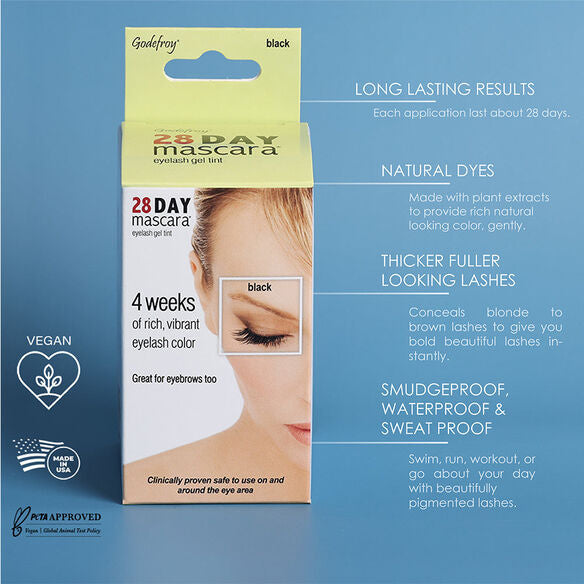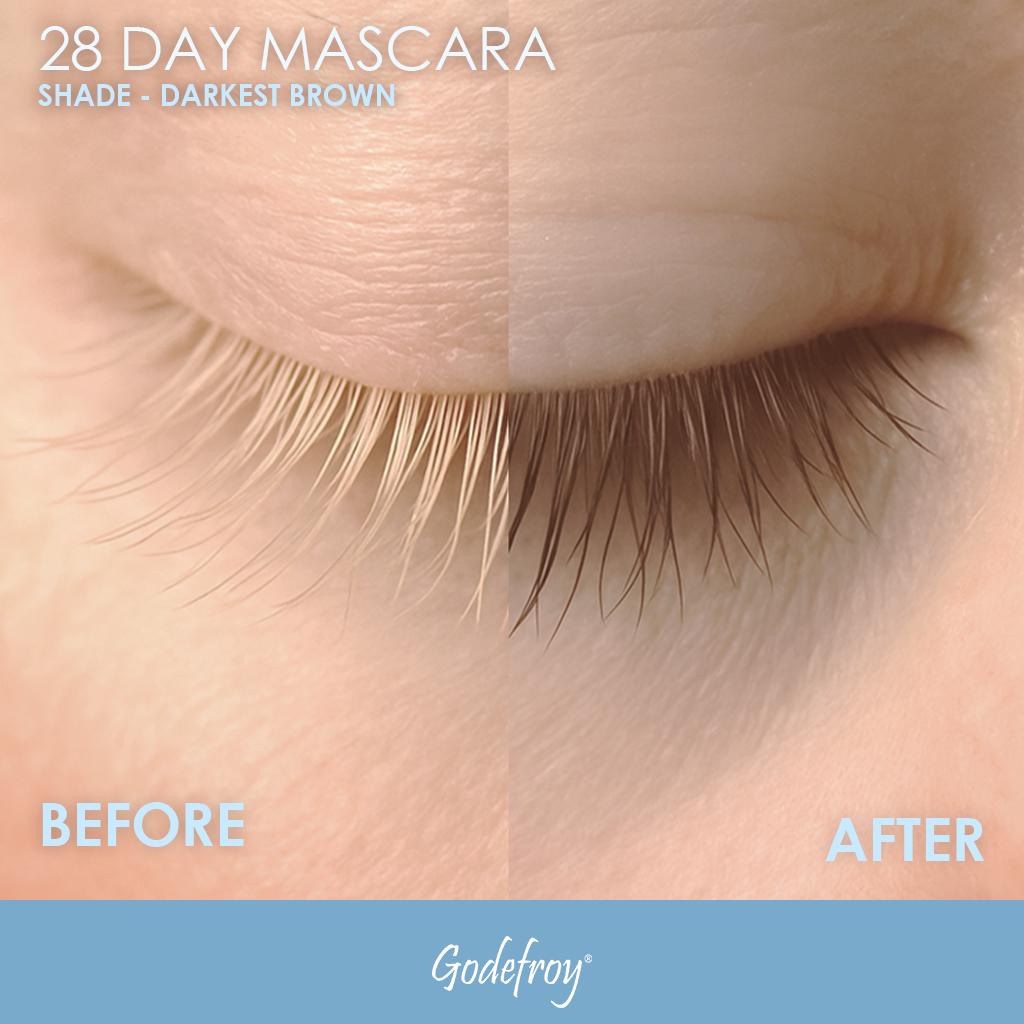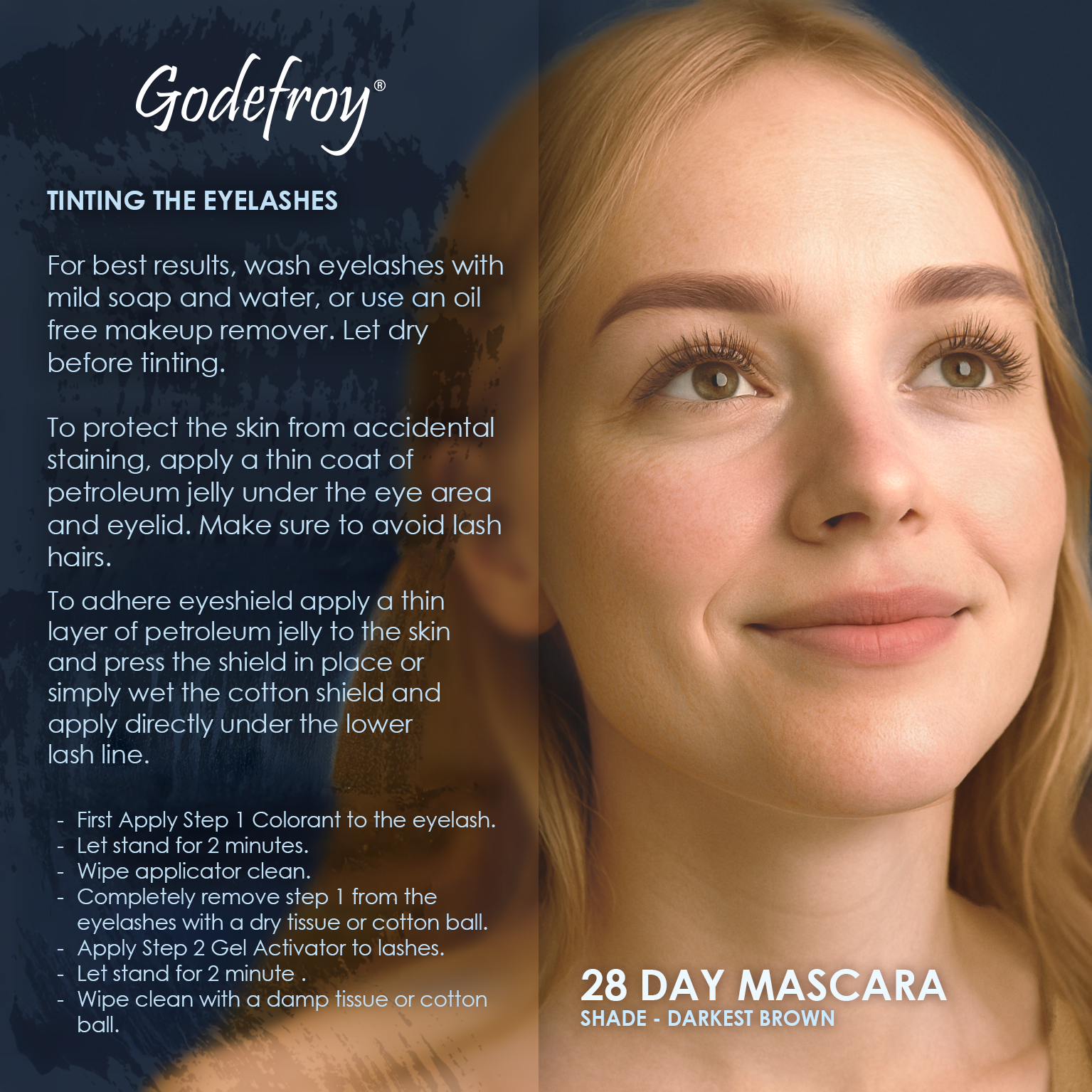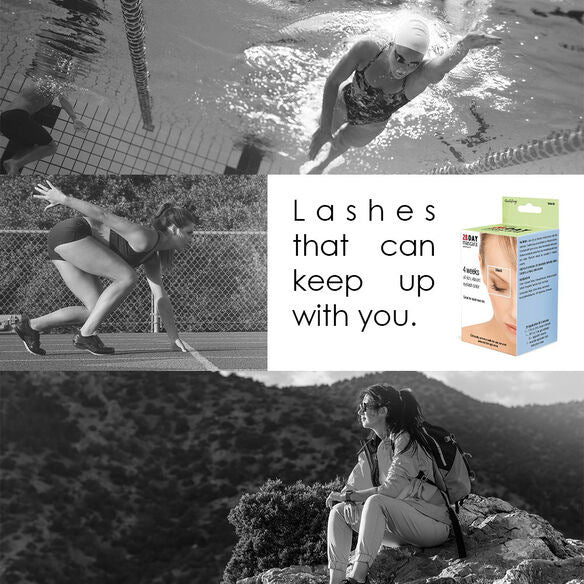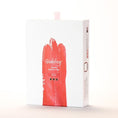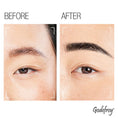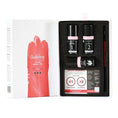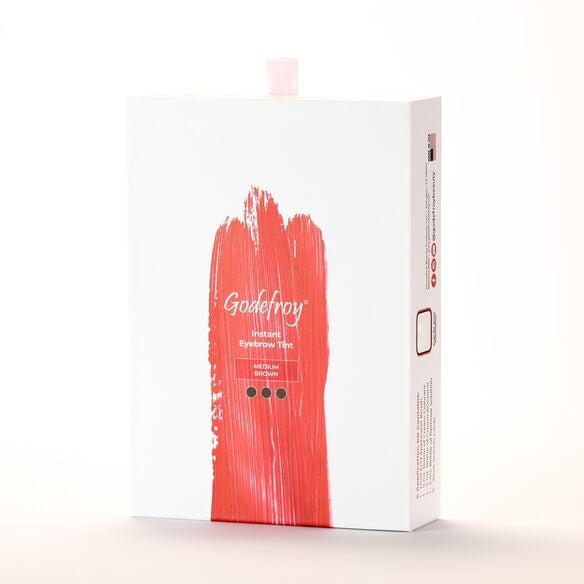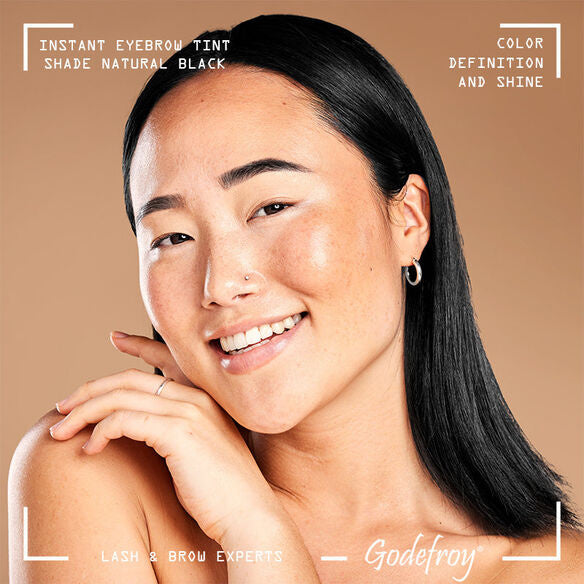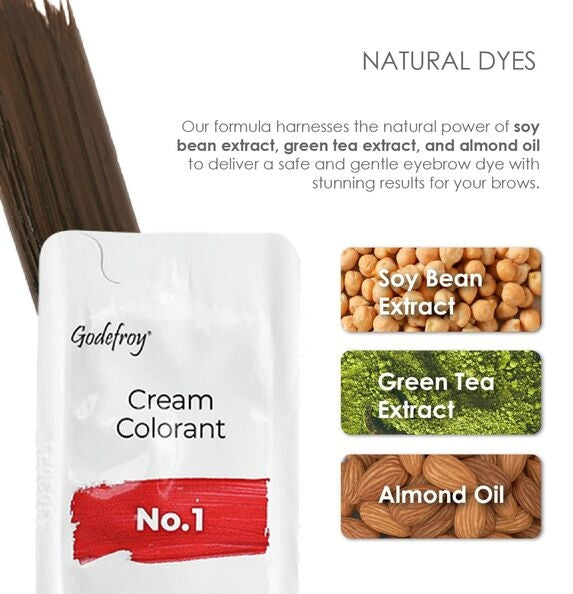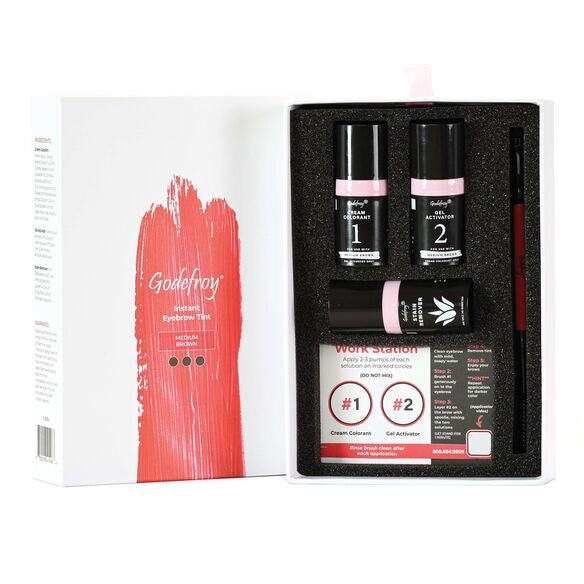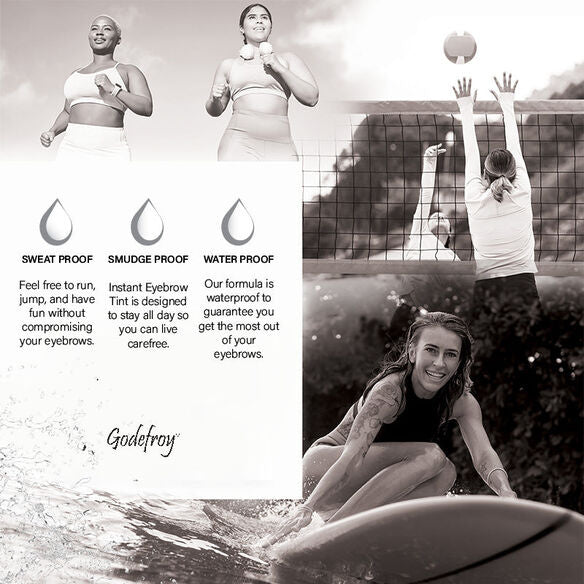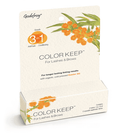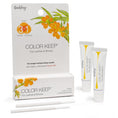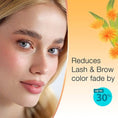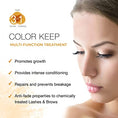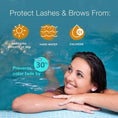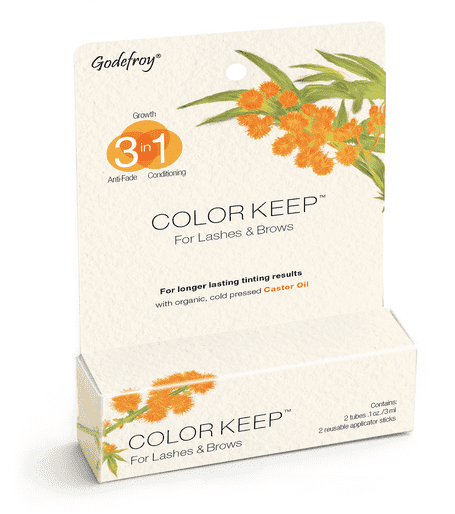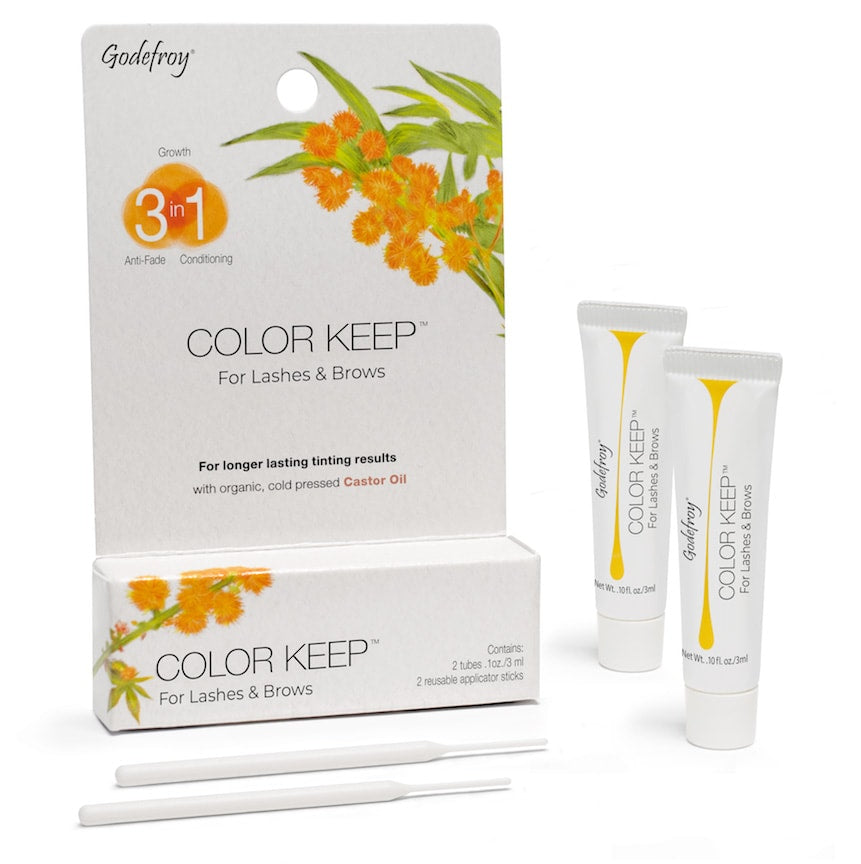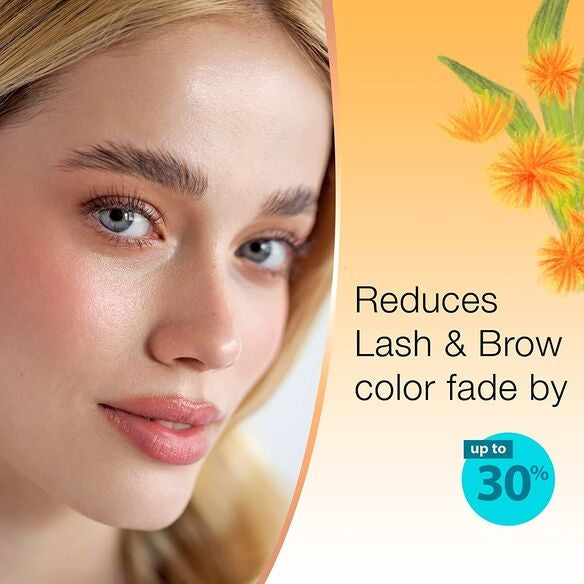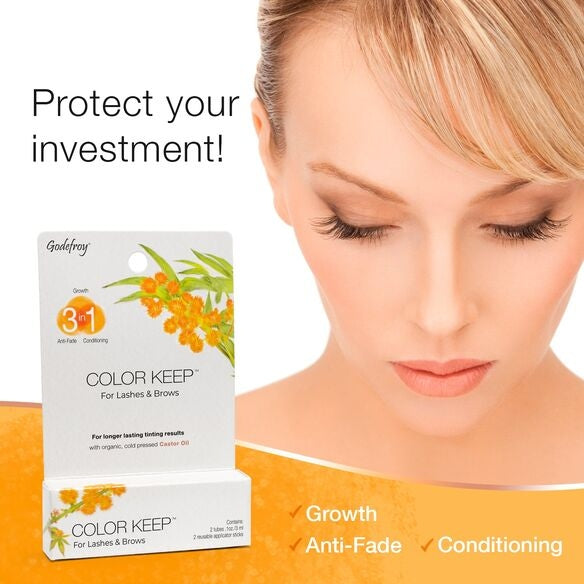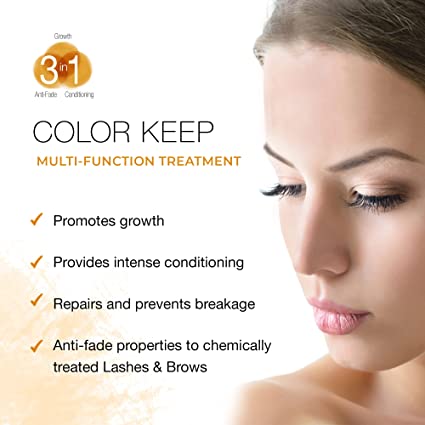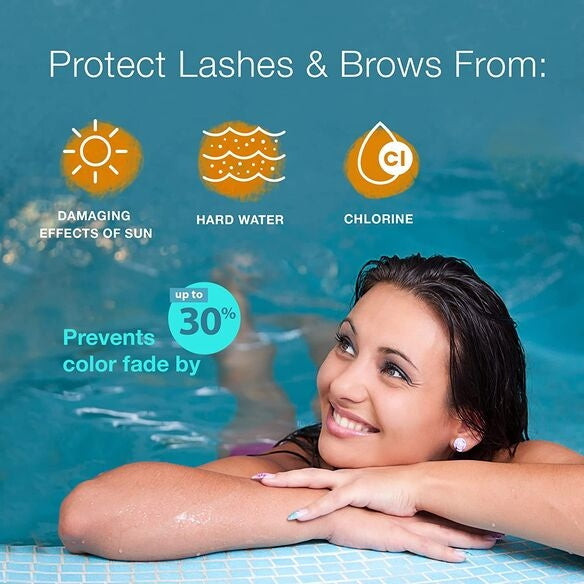How Water, Chlorine, and Sunlight Affect Your Hair Color
By Aryiah Brown and Nnaja Diogu
By Aryiah Brown and Nnaja Diogu
Let’s be honest—once you’ve colored or bleached your hair, keeping it vibrant is basically apart-time job. Even with salon-grade formulas and sulfate-free shampoo, the environment can still have a say in how long your color lasts. Colored and bleached strands are more porous than virgin hair, which means they soak up (and lose) pigment more easily. Sun, hard water, and chlorine all leave their mark. UV rays break down pigment, minerals cling to the hair shaft, and chlorine strips moisture and reacts with color molecules. The rest of this blog will explain what each element does and how to manage it.
What water, chlorine, and sunlight actually do
@briannathrossell Years of chlorine has really taken a toll on my hair and over time it completely snapped off. Now that I am no longer in the pool, it's definitely improving but there's still a long way to go. I'm on a mission to grow it back to its full length! If anyone has any tips, please let me know! I’m all ears 🤩 @TYPEBEA ♬ Peekaboo x Paper Planes by Altégo - ALTÉGO
Here’s what’s really going on when your hair meets the elements. Any time your hair gets wet, the fiber swells and the cuticle lifts slightly—like tiny doors opening. That’s great for cleansing, but it also gives your dye molecules an easier escape route over time. If your tap is hard, minerals like calcium and magnesium can cling to the surface, creating a dull film and even shifting your shade toward orange or yellow, especially on blondes and brunettes. Chlorine takes it up a notch: it’s an oxidizer that binds to porous, color-treated hair, roughens the cuticle, and can react with metals in pool water—hello, greenish blonde and faded tone. Then there’s sunlight. UV rays literally break down pigment molecules (natural and artificial) and dry out the cuticle, so your color looks lighter, brassier, and less shiny over time.

Does It Affect All Hair Colors Equally?
Short answer: not really. Some shades are way more vulnerable than others. Bleached hair is the most fragile—it has the highest porosity, so it acts like a magnet for minerals and chlorine, which is why blondes often see stubborn brassiness or yellow tones creep in fast. Pastels and vivid colors are gorgeous but high-maintenance; many of these fashion dyes sit more on the surface and use more delicate pigments, so they’re the first to wash out or fade in the sun. Brunettes usually don’t go “blonde brassy,” but they do see warm red and orange undertones peeking through, especially with hard water or sun. And gray, silver, or ash tones? They’re particularly prone to yellowing from sun, hard water minerals, and chlorine, because the hair has little natural pigment left to “hide” those stains.

What About Brow (and Lash) Tint?
Now let’s zoom in a little closer: Brow and lash tints live on much smaller, finer hairs, but they deal with the same troublemakers as the hair on your head: water, UV, and your daily cleansing routine. Just like regular hair color, tint on brows and lashes gradually fade as you wash your face, step into the sun, and go about your day. Frequent swimming, long hot showers, and workouts that leave you super sweaty all keep the area wet for longer, which can shorten the life of your tint. Oil-based makeup removers and rich balms are another big one—they’re amazing for breaking down mascara, but they also break down tint dye over time. And while sun + water don’t usually cause structural damage to those short brow hairs like they can with long hair, they absolutely influence how long your tint looks crisp, how fast it softens, and when warmth or brassiness starts to peek through.

Should You Be Worried?
- Not really, but you should be realistic. Some fading is 100% normal and a sign that your color is behaving the way it’s supposed to. Brow and lash tints live in the splash zone of your life: SPF, oils, sweat, hot showers, pool days, and makeup removal. A gentle fade over 3–4 weeks on brows, plus a little warmth or lightning over time, is expected especially in summer or if you swim a lot. That’s a maintenance issue, not a disaster.
- What deserves a closer look is anything that feels sudden or extreme: hair that goes very dry or brittle, actual breakage, greenish or odd-looking bands from chlorine or mineral buildup, or tint that seems to disappear after almost every wash. Those are signs you might be dealing with over-processing, product buildup, or a water /chemical issue, not just normal fade. Most of the time, though, it’s less about panicking over the environment and more about dialing in your routine: protect where you can, refresh when you need to, and expect some soft, gradual fade as part of the process.

How to Protect Your Color (and Your Brow Tint)
Before Exposure
Think of this as giving your hair a tiny “head start” before it meets chlorine, salt, or sun.
- Wet your hair with clean water first. Hair is like a sponge if it’s already full of clean water, it can’t soak up as much chlorinated or salty water.
- Create a physical barrier. Hats, scarves, or a UV-protective hair mist help shield both your natural pigment and any tint or dye from direct UV damage. This is especially helpful for bleached or high-porosity hair.
After Exposure
Once you’re out of the pool or ocean, the goal is to remove what’s sitting on top of the hair before it has time to cause problems.
- Rinse out pool or ocean water ASAP. Even a quick rinse in clean water makes a big difference in how much chlorine, salt, and minerals stay behind.
- Use gentle, sulfate-conscious cleansers most days. Everyday washes should be kind to your color—reach for shampoos labeled color-safe or sulfate-conscious to avoid stripping your tone.
- Clarify occasionally to remove buildup. Occasionally (especially if you swim often or have hard water), use a gentle clarifying or chelating shampoo to lift away minerals, chlorine, and product residue. Follow with a hydrating conditioner or mask, then re-tone as needed with glosses, masks, or your usual color-refresh routine to keep brassiness in check.
Extra Care for Brow & Lash Tints
- Avoid harsh scrubs and strong exfoliants around the eye area. Keep acids, retinoids, and grainy scrubs away from tinted brows. They not only irritate the skin but also speed up color fade.
- Don’t over-cleanse or aggressively rub. Use a gentle, non-oily cleanser and light pressure when washing your face or removing makeup. Tugging, rubbing, and repeated cleansing over the brow/lash area will always shorten the life of your tint.
- Use Color Keep as your brow & lash “topcoat.” Treat Color Keep like a conditioning topcoat for tinted brows and lashes. It lightly conditions the hairs and creates a soft protective buffer against dryness, frequent washing, and everyday environmental stress. Used regularly, it helps your tint stay looking fresh and polished for longer without feeling heavy or sticky.
In the end, your color isn’t at the mercy of sun, water, and chlorine; it just needs a strategy. Once you understand how tint vs. dye works, how processed your hair is, and why brows behave differently than scalp hair, fading stops feeling like a mystery and starts looking predictable. Bleached or permanently dyed hair will always be more vulnerable to UV, minerals, and chlorine, while tints and well-conditioned strands tend to fade more softly. Brows and lashes live in a world of SPF, oils, sweat, and constant cleansing, so their tint will always have different “rules” than the hair on your head. The goal isn’t to avoid the elements it’s to work with them: choose the right formula for your starting point, protect your color before and after exposure, use gentle cleansers and the occasional clarifier, refresh at sensible intervals, and treat tinted brows and lashes with a light touch. Do that consistently, and your color doesn’t just last longer on paper it looks more intentional, even, and healthy every time you step into the sun, swim, or wash your face. Check out our last blog if you missed it. Thanks for reading!
Read More
-

How Water, Chlorine, and Sunlight Affect Your Hair Color
Andrew CampbellLet’s be honest—once you’ve colored or bleached your hair, keeping it vibrant is basically a part-time job. Even with salon-grade formulas and sulfate-free shampoo, the...
-

Upcoming Beauty Trends: What to Look Out For in 2026
Emersen AdamsBeauty in 2026 is less about chasing a single “look” and more about building routines that fit your life and...
-

Exosomes in Skincare: The Next Big Thing?
Patricia UgaldeExosomes are having their moment right now in the skincare world; and for good reason. But some may be asking...


